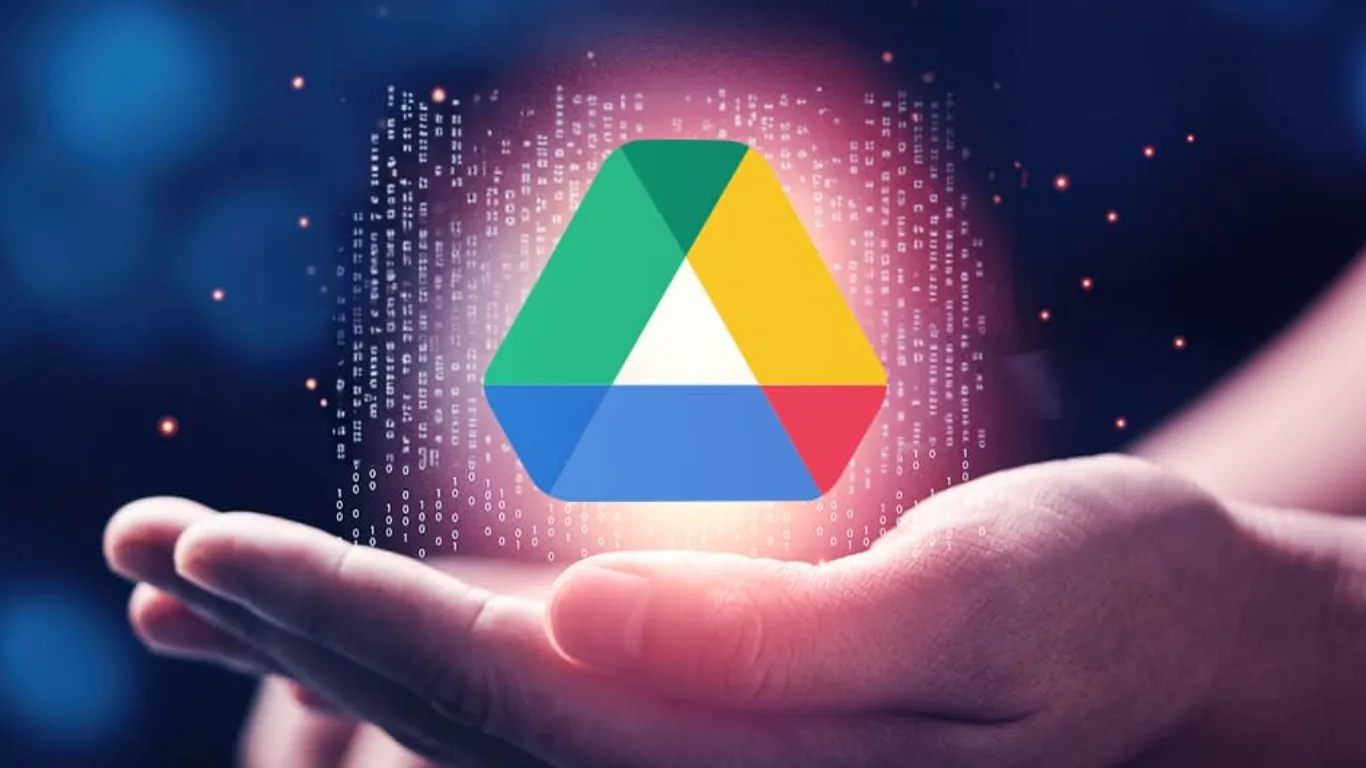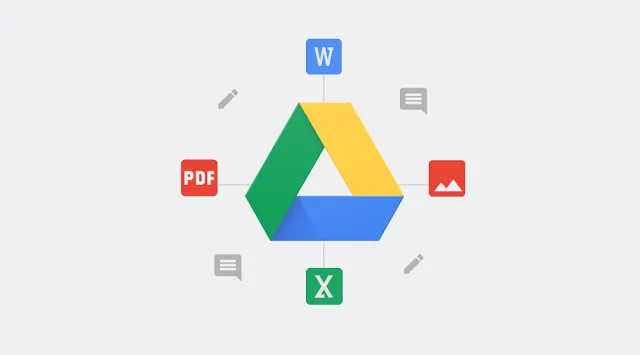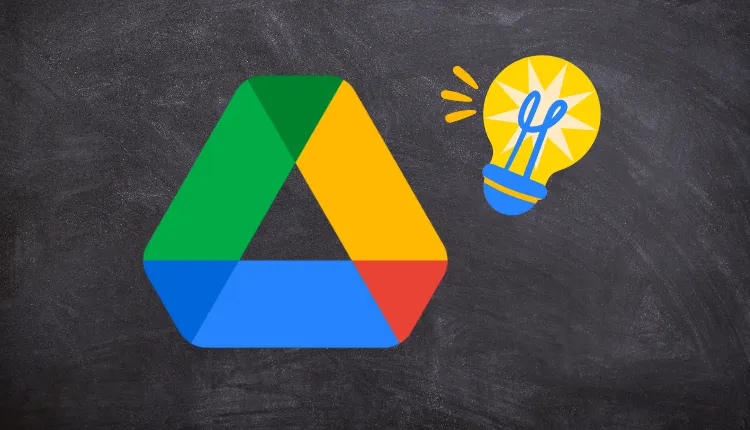
Google Drive has transformed the way groups work together, advertising capable collaboration highlights that streamline efficiency and communication. Whether overseeing school ventures, group reports, or proficient introductions, understanding how to collaborate on documents in Google Drive can make cooperation more productive and organized.
In this direct, investigate each viewpoint of record collaboration—from sharing settings to real-time co-editing and commenting—ensuring you and your group get the most out of Google Drive.
What Is Google Drive Collaboration?

Google Drive collaboration permits different clients to alter, comment, and see reports in genuine time. Shapes, Slides, Sheets, and Google Docs are all included in this. Clients can get to these records from any gadget with web get to, guaranteeing consistent collaboration notwithstanding of location.
Why Utilize Google Drive for Collaboration?
Here are a few of the best benefits of utilizing Google Drive to collaborate:
- Real-time altering: Changes are right away visible.
- Cloud capacity: Get to records anytime, anywhere.
- Auto-save: No hazard of losing progress.
- Commenting: Gives input without modifying the fundamental content.
- Version control: Reestablish past forms effortlessly.
- Permission control: Choose who can see, alter, or comment.
Read More: How to Improve Core Web Vitals (Step-by-Step Guide)
Setting Up Google Drive for Teamwork
Before learning how to collaborate on reports in Google Drive, guarantee everything is set up for success.
1. Make a Google Account
If group individuals don’t as of now have one, a free Google account is necessary.
2. Introduce Google Drive App (Optional)
Use the web interface or download the Google Drive desktop/mobile app for simple access.
3. Organize Folders
Create shared envelopes by clicking “New > Organizer > Share” with group individuals to centralize documents.
Step-by-Step: How to Collaborate on Archives in Google Drive

Here’s a disentangled breakdown of the collaboration process:
Step 1: Transfer or Make a Document
- Go to drive.google.com
- Click on “New” > Select Google Docs, Sheets, or Slides or transfer existing records from your device.
Step 2: Open the Record and Press "Share"
- Click the "Share" button in the top right corner.
- Type in the email addresses of the people you need to work with.
Step 3: Alter Consent Settings
Choose from:
- The viewer is able to see the file.
- Commenter – can include comments
- Editor – can make changes
Step 4: Include a Message (Optional)
Include a personalized message to clarify the record or instructions.
Step 5: Send Invitation
Click Send to share the record. Group individuals will get an e-mail notification.
Real-Time Altering and Chat Features
Once shared, collaborators can:
- Edit the archive live: Changes are consequently saved.
- See who’s working: Each collaborator is alloted a color cursor.
- Make use of the integrated chat function: To use the chat feature, click the symbol located in the top-right corner of Docs, Sheets, and Slides.
Commenting, Proposing, and Adaptation History
Commenting:
- Highlight content > Press the comment symbol or utilize Ctrl+Alt+M
- Great for criticism without changing content.
Suggesting Mode:
- Switch to “Suggesting” from the top-right dropdown
- Edits show up as recommendations, requiring approval
Version History:
- Access through Record > Form history > See adaptation history
- Restore or title adaptations for clarity
Sharing Consents Explained

Understanding Google Drive’s sharing choices is pivotal for controlled collaboration:
Link Sharing:
- Turn on “Anyone with the link” choice to let clients get to without e-mail invites.
- It is still possible to set permissions to Editor, Commenter, or Watcher.
Group Sharing:
Use Google Bunches to oversee get to for expansive groups easily.
Restrict Downloads:
In the share settings, impair download, print, and duplicate for Viewers/Commenters.
Read Also: What Does a Digital Marketing Apprentice Do?
Google Drive Collaboration Best Practices
To maximize effectiveness:
- Name records clearly: Maintain a strategic distance from confusion.
- Use envelopes: Gather related records together.
- Track upgrades: Frequently survey adaptation history.
- Establish due dates: Use comments to assign assignments and establish due dates.
- Review consents: Routinely overhaul get to to keep up record security.
Common Collaboration Issues and Fixes
| Problem | Solution |
|---|---|
| Can’t access file | Check if the user has the correct permissions |
| File not syncing | Refresh or check internet connection |
| Overwritten content | Restore using Version History |
| Link sharing confusion | Clarify access levels in the shared link settings |
Final Thoughts
Mastering how to collaborate on reports in Google Drive opens a world of smooth, real-time collaboration. With its wealthy suite of highlights, customizable authorizations, and moment syncing, Google Drive makes a difference groups, teachers, understudies, and businesses boost efficiency effortlessly.
For secure, consistent, and effective advanced collaboration, Google Drive remains one of the most trusted stages accessible today.
FAQs Approximately Google Drive Collaboration
Q1: Can different clients alter the same report simultaneously?
Indeed. Every modification is made in real time by preprogrammed synchronization.
Q2: What happens if two individuals alter the same portion of the document?
Google Drive appears both inputs and recommends consolidates, or alters can be physically accepted.
Q3: Is there a restrain to how numerous individuals can collaborate?
Google Docs bolsters up to 100 concurrent collaborators.
Q4: Can I collaborate with clients who don’t have Gmail?
Yes, but they require a Google Account. It’s free and can be connected to non-Gmail emails.
Q5: Can I deny get to after sharing?
Yes, go to the Share menu > Get to Settings > Expel particular clients or alter their authorizations.
Related Posts: